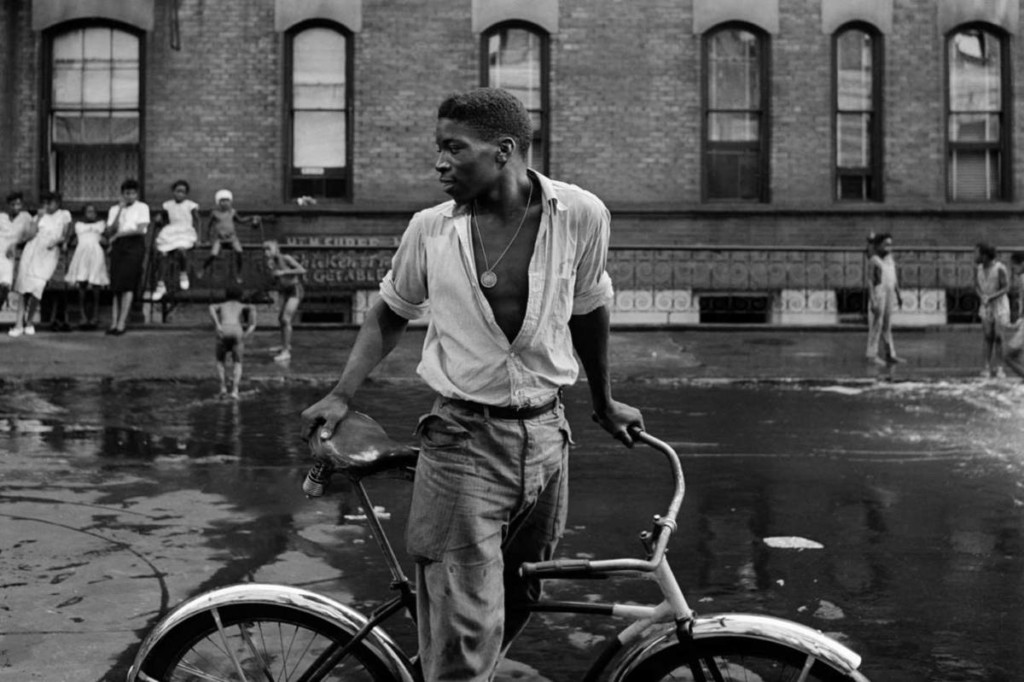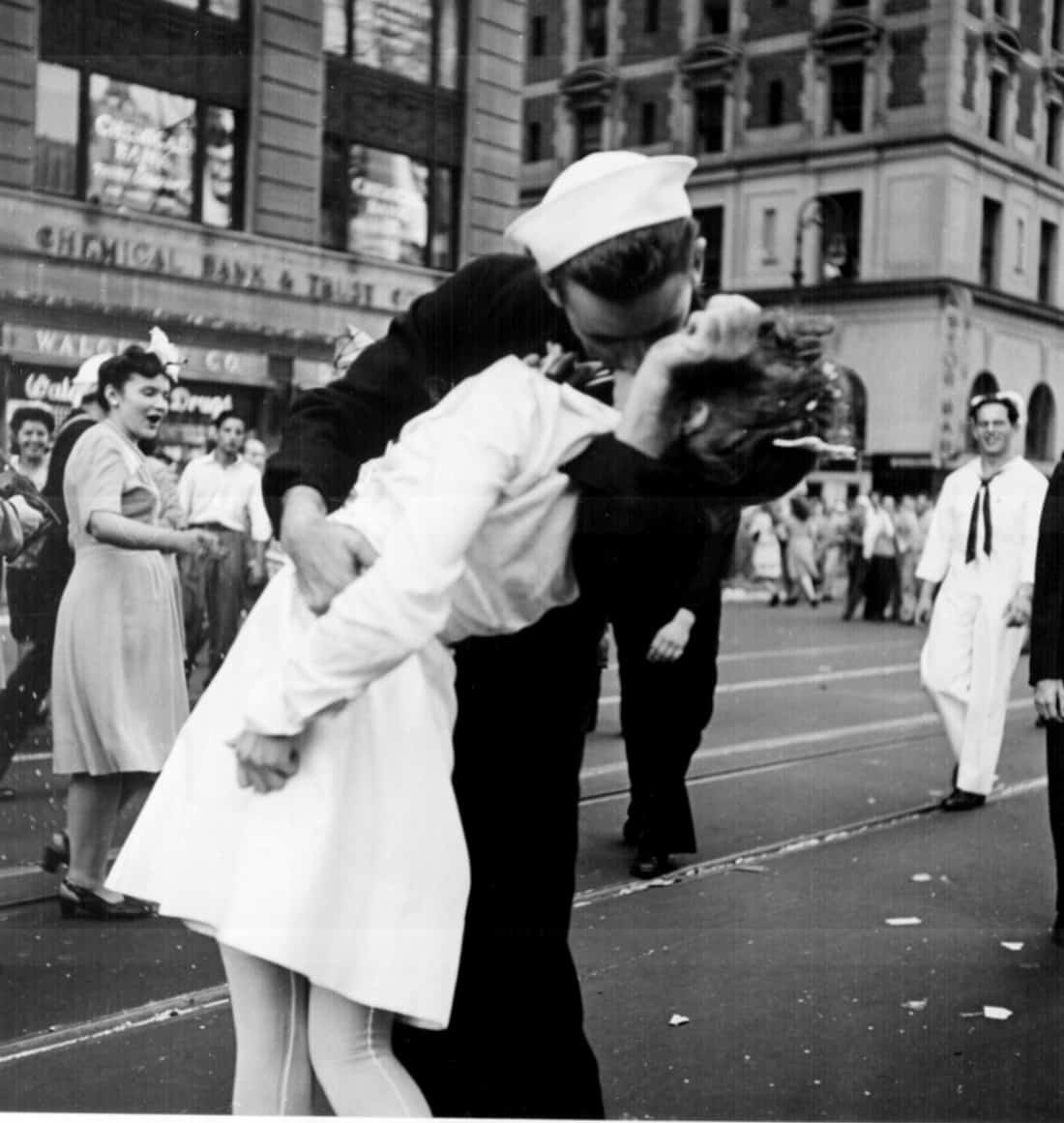Fascination About Framing Streets
Fascination About Framing Streets
Blog Article
The Single Strategy To Use For Framing Streets
Table of ContentsGetting My Framing Streets To WorkAbout Framing StreetsAn Unbiased View of Framing StreetsMore About Framing StreetsSome Known Details About Framing Streets The Single Strategy To Use For Framing Streets
Digital photography genre "Crufts Canine Show 1968" by Tony Ray-Jones Street digital photography (likewise sometimes called honest digital photography) is digital photography carried out for art or query that features unmediated possibility encounters and arbitrary events within public places, typically with the goal of capturing photos at a crucial or touching moment by careful framing and timing. 
The Ultimate Guide To Framing Streets
Susan Sontag, 1977 Street digital photography can concentrate on people and their habits in public. In this regard, the road professional photographer resembles social documentary digital photographers or photographers who also operate in public areas, yet with the objective of catching relevant events. Any one of these photographers' pictures might catch individuals and home visible within or from public areas, which typically involves navigating moral problems and laws of privacy, protection, and home.
Depictions of daily public life develop a category in practically every period of world art, beginning in the pre-historic, Sumerian, Egyptian and early Buddhist art periods. Art managing the life of the road, whether within views of cityscapes, or as the dominant motif, appears in the West in the canon of the North Renaissance, Baroque, Rococo, of Romanticism, Realistic look, Impressionism and Post-Impressionism.
The Facts About Framing Streets Uncovered
Louis Daguerre: "Blvd du Temple" (1838 or 1839) In 1838 or 1839 the very first picture of figures in the road was tape-recorded by Louis-Jacques-Mand Daguerre in one of a set of daguerreotype views taken from his workshop home window of the Boulevard du Temple in Paris. The second, made at the elevation of the day, shows an unpopulated stretch of street, while the various other was taken at about 8:00 am, and as Beaumont Newhall reports, "The Blvd, so frequently loaded with a relocating throng of pedestrians and carriages was flawlessly singular, except a person that was having his boots cleaned.
As a result his boots and legs were well specified, yet he lacks body or head, due to the fact that these were in motion." Charles Ngre, waterseller Charles Ngre. https://triberr.com/framingstreets1 was the initial digital photographer to achieve the technological elegance needed to sign up individuals in movement on the street in Paris in 1851. Photographer John Thomson, a Scotsman collaborating with journalist and social lobbyist Adolphe Smith, released Street Life in London in twelve regular monthly installments beginning in February 1877
Our Framing Streets Statements
Eugene Atget is considered as a progenitor, not because he was the first of his kind, but as a result of the popularisation in the late 1920s of his document of Parisian roads by Berenice Abbott, who was influenced to embark on a similar documentation of New York City. [] As the city developed, Atget helped to advertise Parisian streets as a deserving subject for photography.

The Buzz on Framing Streets
The principal Mass-Observationists were anthropologist Tom Harrisson in Bolton and poet Charles Madge in London, and their very first report was generated as guide "May the Twelfth: Mass-Observation Day-Surveys 1937 by over 2 hundred onlookers" [] Home window cleaner at Kottbusser Tor, Berlin, by Elsa Thiemann c. 1946 The post-war French Humanist Institution photographers located their subjects on the street or in the diner. Between 1946 and 1957 Le Groupe des XV annually exhibited job of this kind. Andre Kertesz. Circus, Budapest, 19 May 1920 Road digital photography formed the significant web content of 2 exhibitions at the Gallery of Modern Art (Mo, MA) in New why not try these out york city curated by Edward Steichen, Five French Digital Photographers: Brassai; Cartier-Bresson, Doisneau, Ronis, Izis in 1951 to 1952, and Post-war European Photography in 1953, which exported the idea of road digital photography globally.

Unknown Facts About Framing Streets
The recording machine was 'a concealed electronic camera', a 35 mm Contax concealed beneath his coat, that was 'strapped to the upper body and attached to a lengthy cable strung down the appropriate sleeve'. His job had little contemporary impact as due to Evans' sensitivities about the creativity of his job and the personal privacy of his topics, it was not published up until 1966, in the book Lots of Are Called, with an introduction written by James Agee in 1940.
Helen Levitt, then an educator of kids, related to Evans in 193839. She documented the transitory chalk drawings - Street photography that became part of youngsters's road culture in New York at the time, along with the children who made them. In July 1939, Mo, MA's brand-new digital photography section included Levitt's work in its inaugural eventRobert Frank's 1958 book,, was considerable; raw and often out of focus, Frank's photos questioned conventional digital photography of the moment, "tested all the official regulations laid down by Henri Cartier-Bresson and Pedestrian Evans" and "flew in the face of the wholesome pictorialism and sincere photojournalism of American publications like LIFE and Time".
Report this page